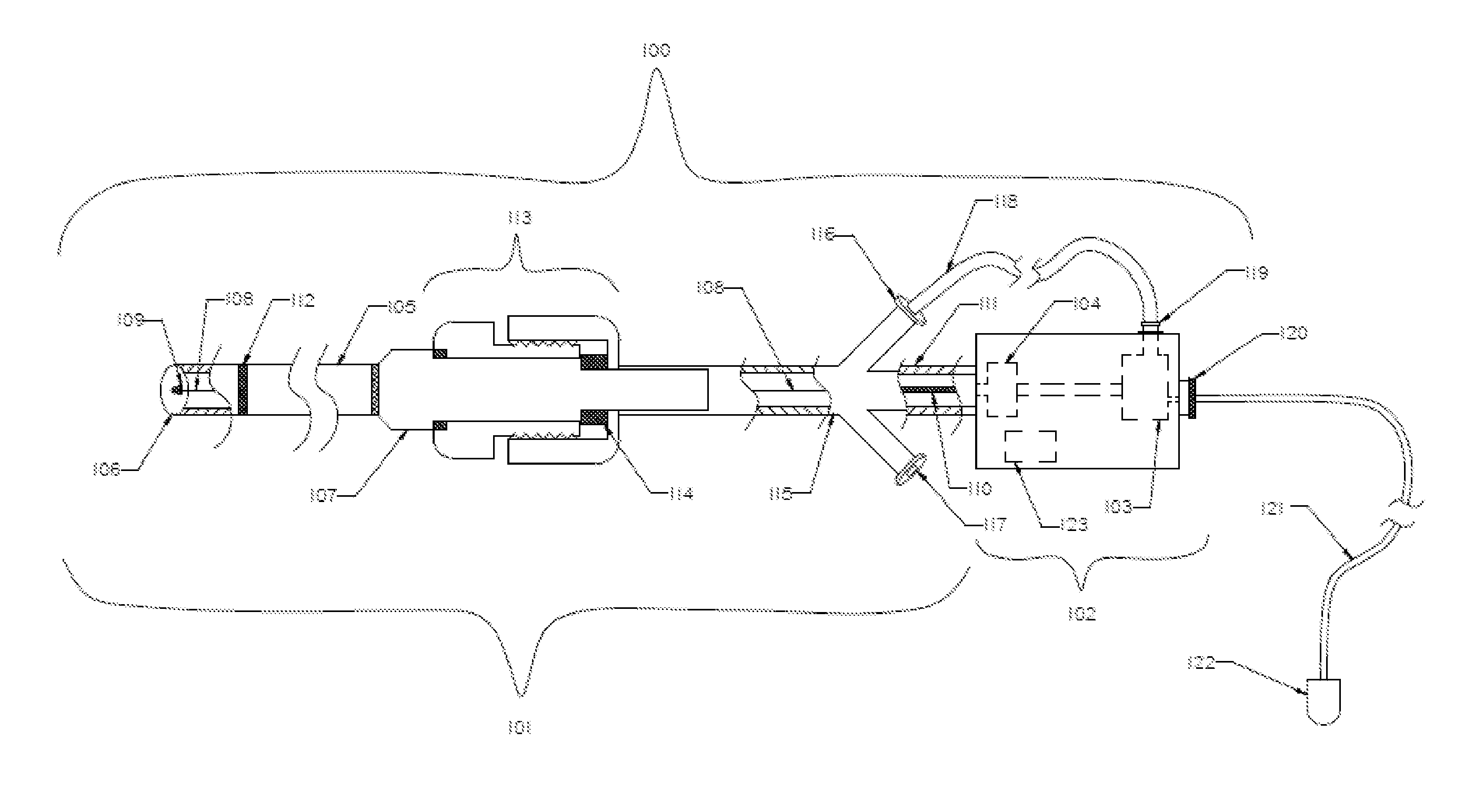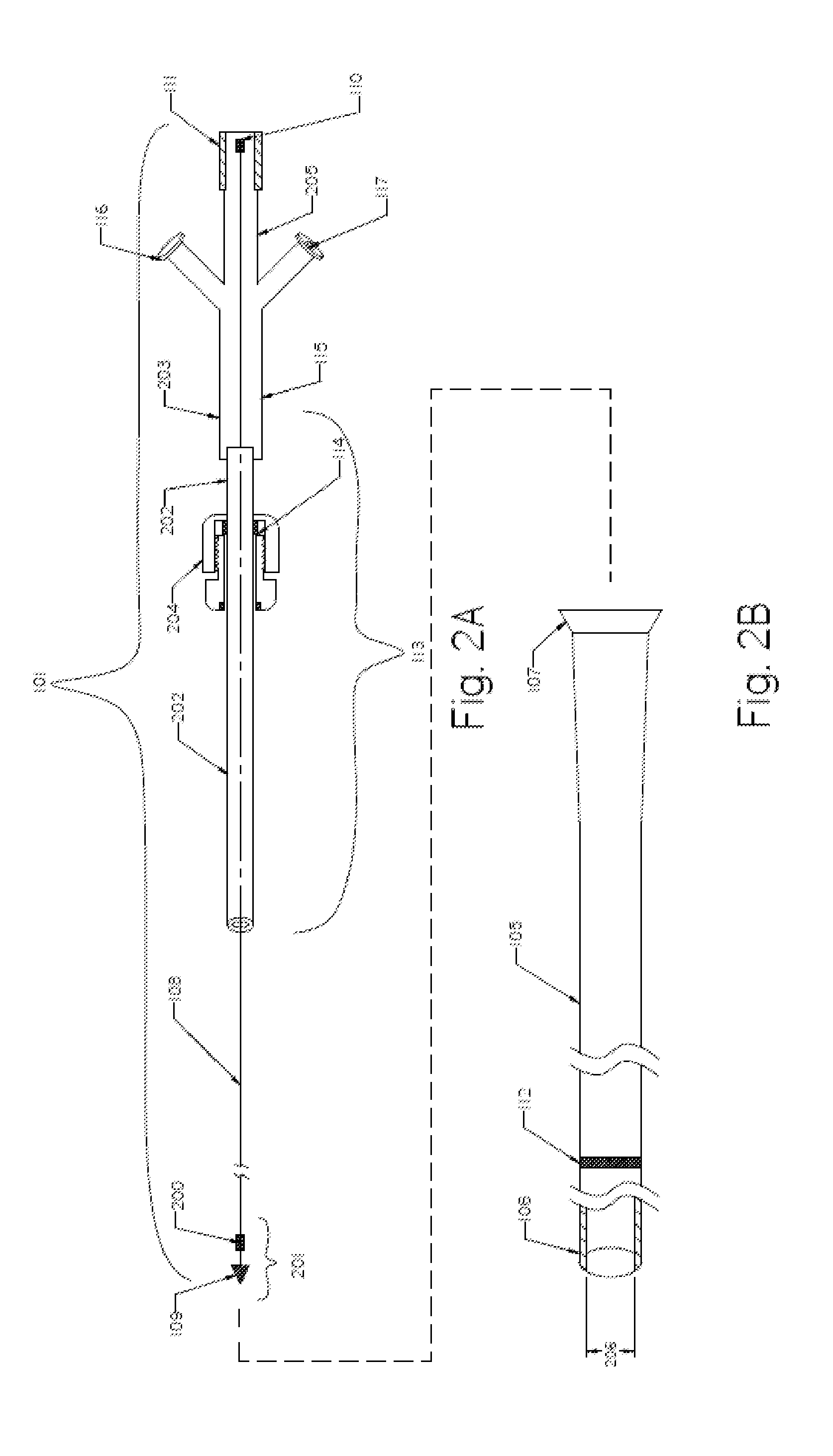Methods and Devices for Removal of Thromboembolic Material
a technology of thromboembolic material and thromboembolic fluid, which is applied in the field of medical devices, can solve the problems of insufficient effectiveness of current available therapies, limited treatment options for ich, and long association with high morbidity and mortality, so as to facilitate the removal of thromboembolic material, prevent small emboli dislocation, and minimize additional blood loss
- Summary
- Abstract
- Description
- Claims
- Application Information
AI Technical Summary
Benefits of technology
Problems solved by technology
Method used
Image
Examples
Embodiment Construction
[0080]The following detailed description is of the best presently contemplated modes of carrying out the invention. This description is not to be taken in a limiting sense, but is made merely for the purpose of illustrating general principles of embodiments of the invention. The scope of the invention is best defined by the appended claims.
[0081]As used herein, “rotational member”, “cable”, “cable shaft”, “rotating member” all refer to the mechanical power-transmission devices used to transmit rotary motion through a straight treatment access, as well as through bends and curves
[0082]FIG. 1 illustrates an exemplary embodiment of a thromboembolic removal system 100. The thromboembolic removal system 100 includes two major components: the extraction device 101 and the drive unit 102. The drive unit 102 includes at least one vacuum pump 103 to aspirate thromboembolic material, and an electrical motor 104. The main components of the extraction device 101 include an aspiration catheter 1...
PUM
 Login to View More
Login to View More Abstract
Description
Claims
Application Information
 Login to View More
Login to View More - R&D
- Intellectual Property
- Life Sciences
- Materials
- Tech Scout
- Unparalleled Data Quality
- Higher Quality Content
- 60% Fewer Hallucinations
Browse by: Latest US Patents, China's latest patents, Technical Efficacy Thesaurus, Application Domain, Technology Topic, Popular Technical Reports.
© 2025 PatSnap. All rights reserved.Legal|Privacy policy|Modern Slavery Act Transparency Statement|Sitemap|About US| Contact US: help@patsnap.com



